10 living room lighting mistakes that make yours look uninviting, smaller and cold
Getting your living room lighting right is crucial, so we spoke to the experts to ensure that you make no mistakes

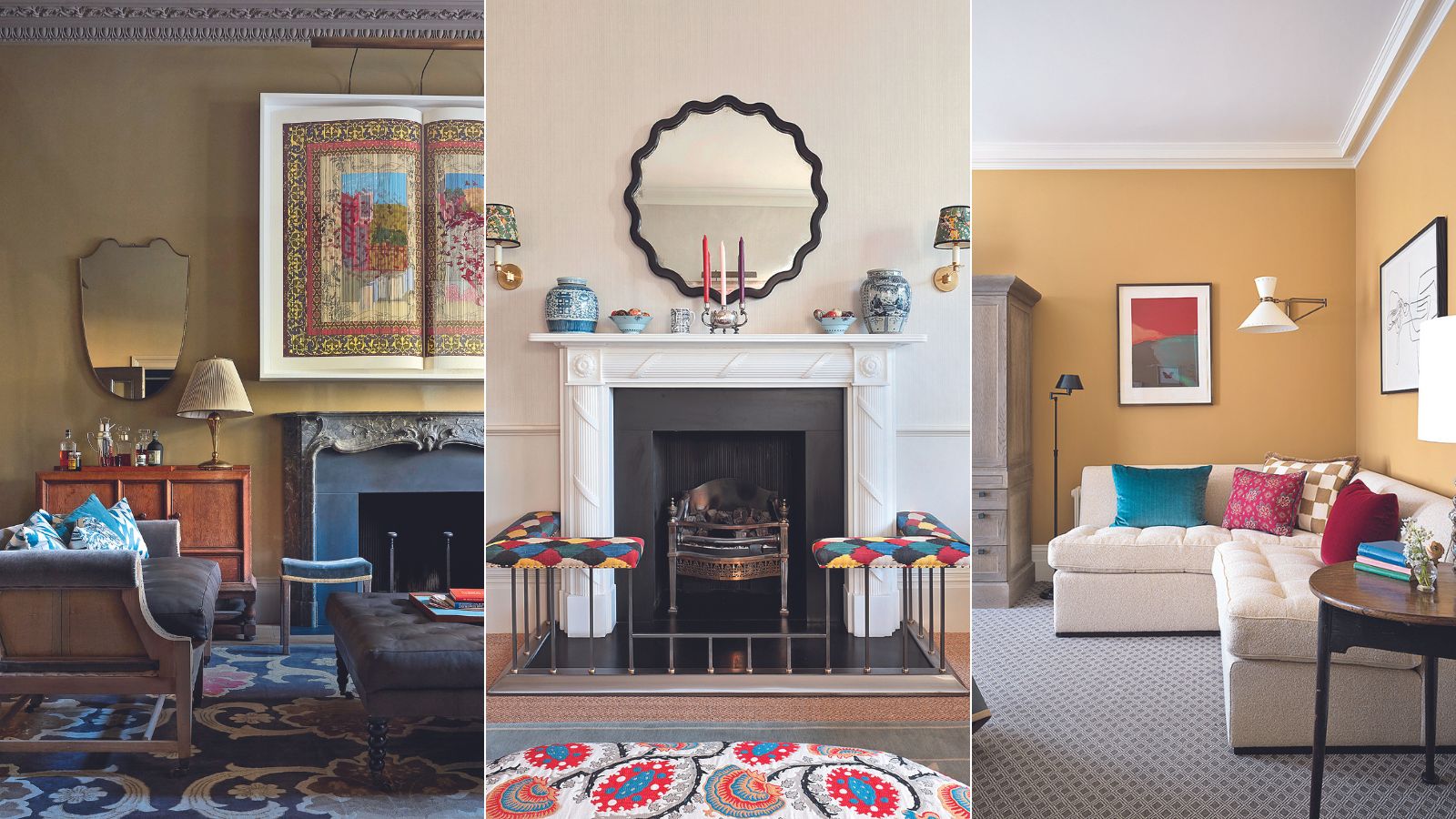
Interior designers will often remark that living room lighting ideas are often low on the list of their customers' design priorities, but the right lighting can help realize your living room ideas by making the very most of the space’s architecture, highlighting objects on display and artwork and, of course, creating a beautiful element of the room in its own right.
From pendants and chandeliers to wall lights, floor and table lamps, plus lights for illuminating artwork, lighting stairs, and more, there is a wealth of choices that can elevate the room as well as act functionally.
So if you don't have an expert on hand to emphasize the importance of well-planned lighting ideas, it's easy to see how things unravel.
Living room lighting mistakes
Our panel of experts has covered all the major living room lighting mistakes to avoid. Plus – they also encompass practical solutions on how to plan living room lighting, along with a ton of advice from top lighting and design experts.
1. Not installing a dimmer switch for pendants – or any main lights in your home
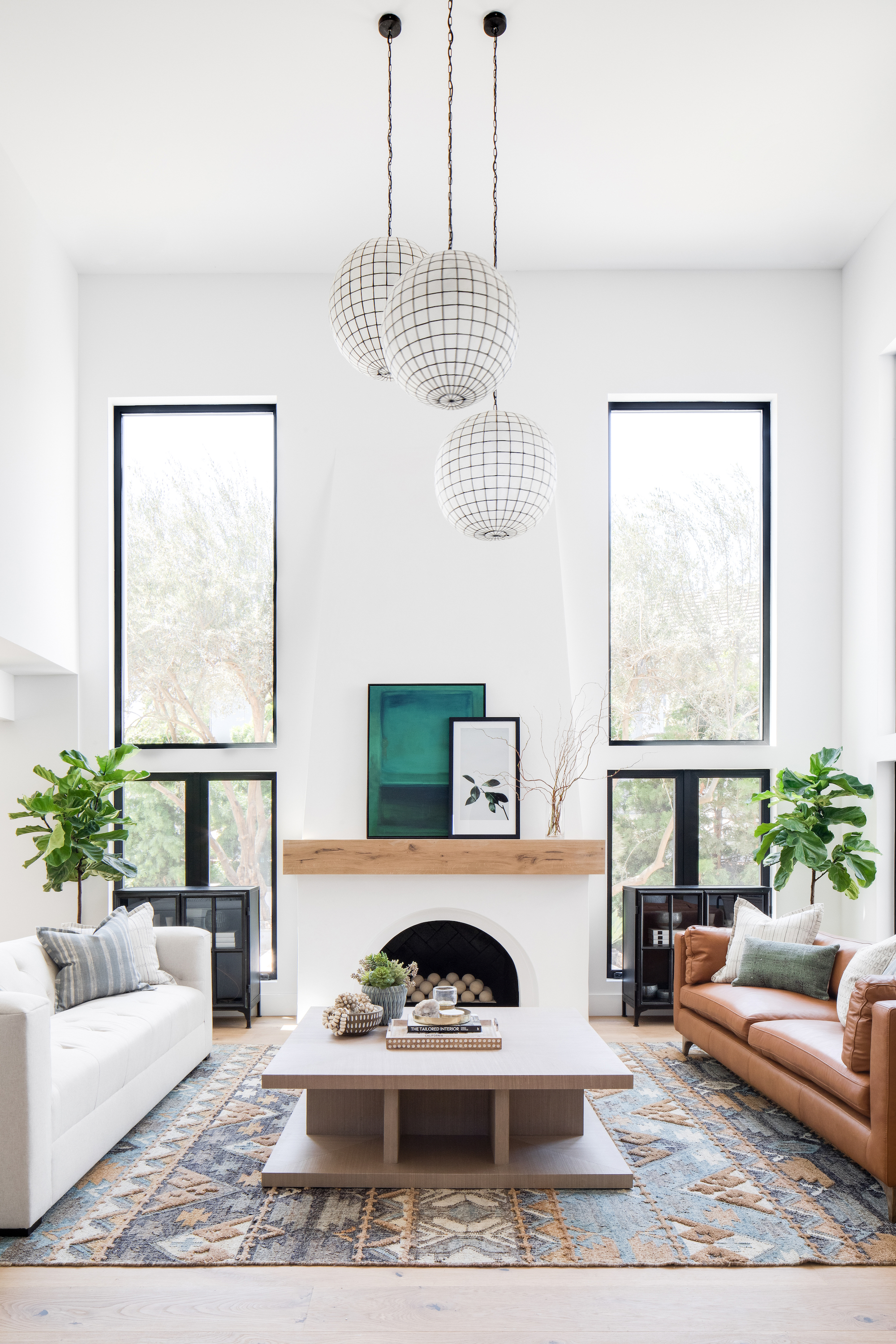
'The humble light switch has an integral part to play in a considered scheme, both in its looks and functionality,' says Jennifer Ebert, digital editor, Homes & Gardens. 'Transforming your home into something extraordinary is all in the finer details – and often light switches are a prime example. Traditionally seen as purely functional, and often given very little thought, our attitude is changing towards how we view light fixtures.'
Choosing a beautiful switch helps to create a foundation of styling that will establish your living room’s interiors. 'Layers of light, on dimmers and separate circuits, will allow you to switch between bright light needed for cleaning to softer levels for a relaxing mood,' says Sally Storey of John Cullen Lighting on creating the right mood.
2. Forgoing the importance of a ambient or general lighting

‘Think of ambient lighting as a foundation or a canvas upon which to paint a distinctive lighting picture,’ says Carla Jordan, from Kichler. 'Ambient lighting is also called general or background lighting, and it gives overall illumination to your room. In living rooms, it usually includes your ceiling light fitting, spotlights, and fixed wall lights, as well as natural light.
Design expertise in your inbox – from inspiring decorating ideas and beautiful celebrity homes to practical gardening advice and shopping round-ups.
'While there is seldom any need for a chandelier or pendant fixture, it is all about curating a warm and cozy atmosphere, says Emma Deterding, founder and creative director, of Kelling Design. 'Make sure you supplement any ceiling lights with a mix of wall, floor, and table lamps. Not only will this allow you to change the mood and feel with the flick of a few switches, but you'll also be able to install lighting where it's needed most.'
3. Placing table and floor lamps at the wrong height
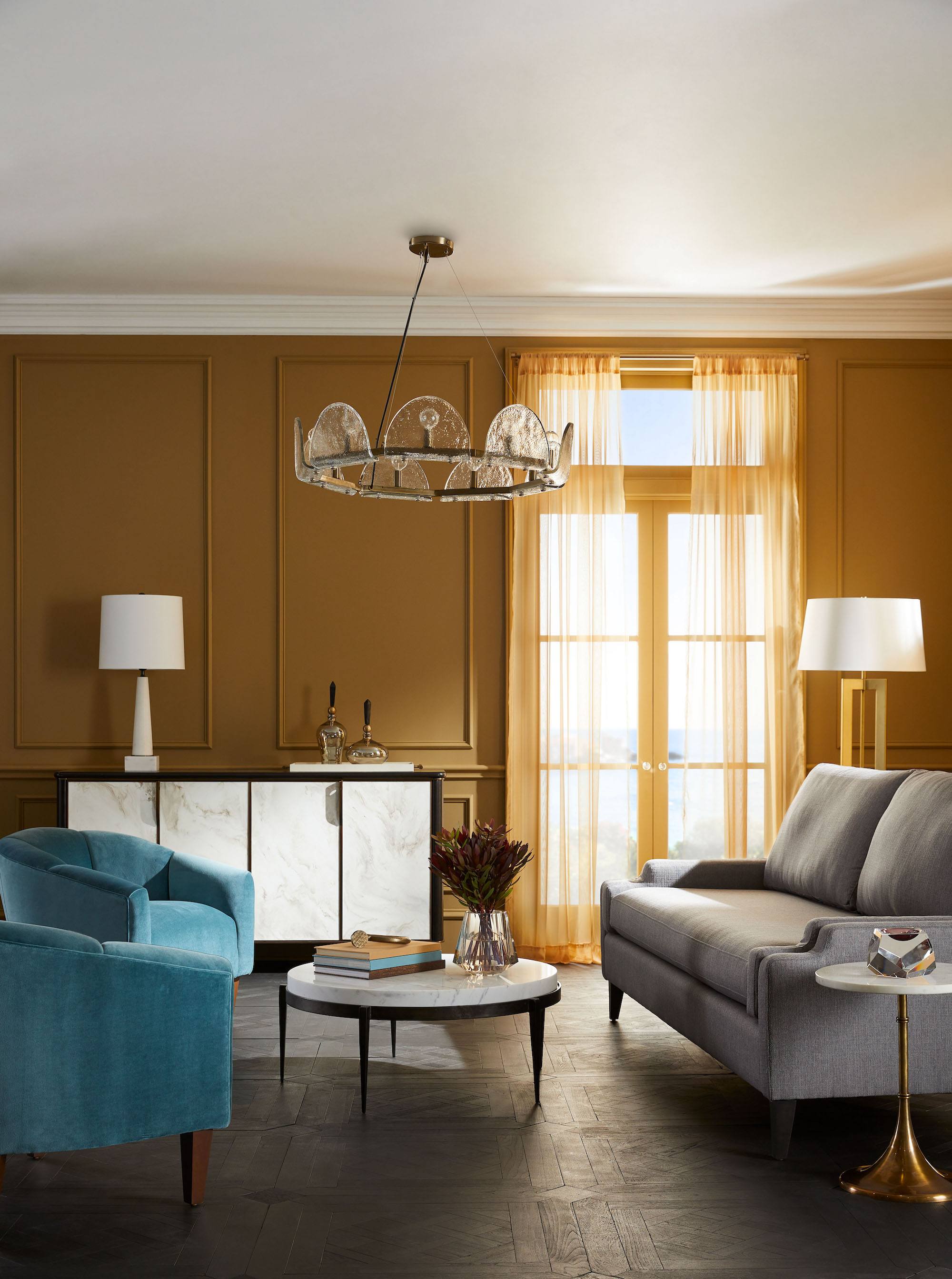
A mistake that's often made is having floor and table lamps at the wrong height. It's easily done with table lamps and can sometimes depend on the height of what we place them on, be it a side table, stool, or sideboard. The general rule of thumb is that a standard table lamp – when placed on something – should match the height of a floor lamp nearby.
This may seem trivial, but it is a mistake that we see far too often in living rooms, and it can be a real eyesore.
4. Thinking that you need the same level of lighting throughout the day
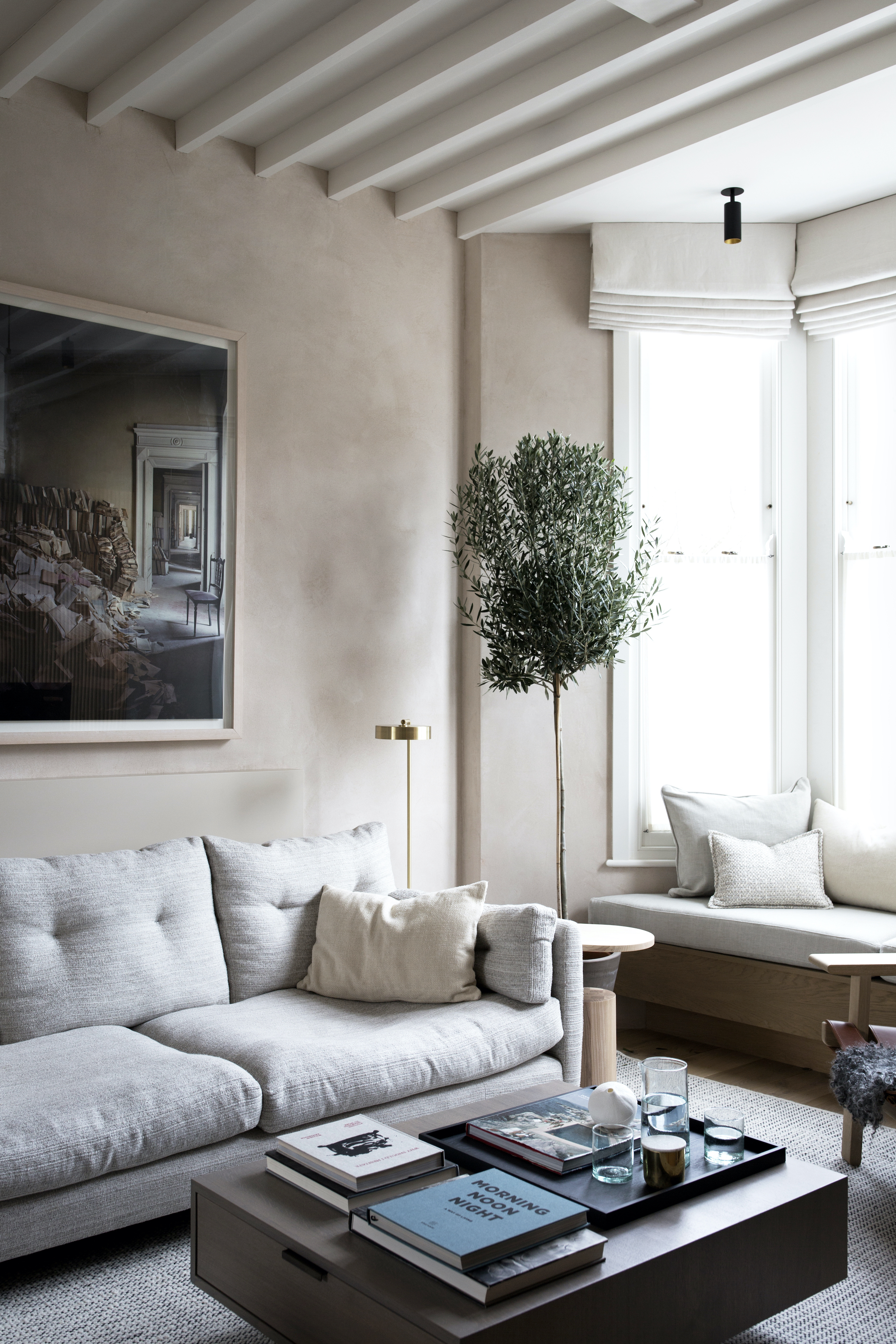
'All too often living room lighting tends to be a single pendant light, this kind of lighting blankets a space with one kind of illumination which can often be too harsh,' advises Tom Rutt, founder of TR Studio. 'Having a mix of lighting at different levels and ideally on dimmers will allow flexibility so that the amount of light or the direction of the illumination can be adjusted depending upon the time of day.'
Consider how the light changes throughout the day when thinking about where to position lights to create the most impact. Think about flexible light sources for different situations: a floor light with a swivel arm is ideal as an evening reading lamp behind a sofa or chair, says Hollie Moreland, creative director of David Hunt Lighting. Remember that shade colours can affect the mood of a room, so for added ambience, choose darker tones which will feel moodier and cosier.
5. Choosing the wrong light temperature and color for the space

A living room should feel warm and inviting not unnaturally bright. 'The first rule is to use a consistent lighting temperature in fittings, says Irene Gunter of Gunter & Co. ‘We use 2700K warm white.’ Another favorite tool is thinking of how the lining of lampshades can impact the overall light temperature, as well as add a playful spin on the decor – not only can you use metallic card linings, you can also use patterned or colored fabrics. ‘Don’t forget that it will impact the color of the light it creates,’ adds Irene. ‘For instance, a green lining will provide a green light – not the greatest look!’
6. Choosing recessed bulbs over layering lamps and pendants
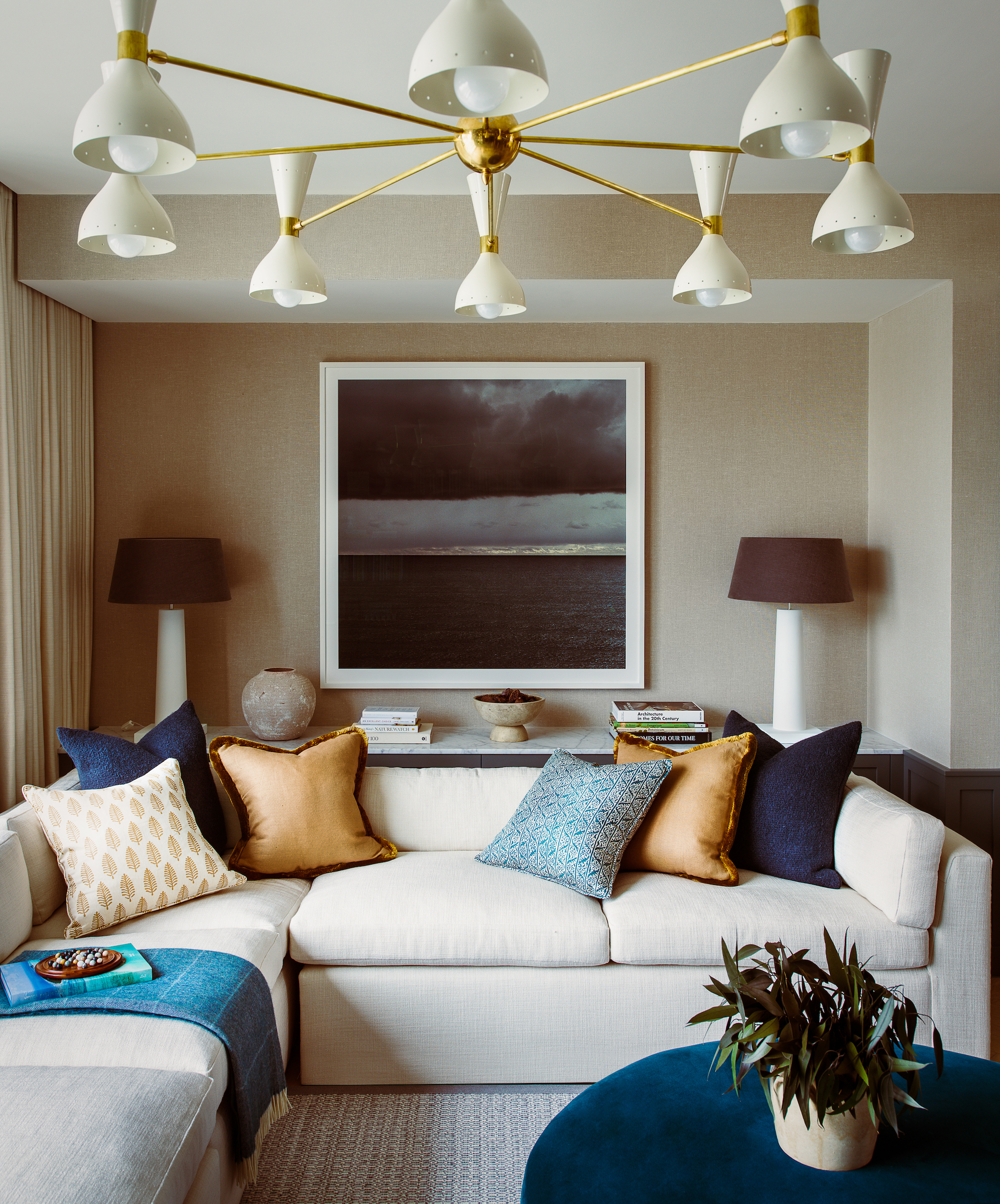
'Having a really strong spotlight is definitely not ideal, says Camilla Clarke, creative director at Albion Nord. 'In lieu of a ton of overhead recessed bulbs that might make you feel like you’re at an airport or in a sad office cubicle, we like to fill the rooms with a variety of floor and table lamps, as well as pendant fixtures with multiple arms, it’s a nice way to create atmosphere.'
7. Not having enough lighting options in a large living room
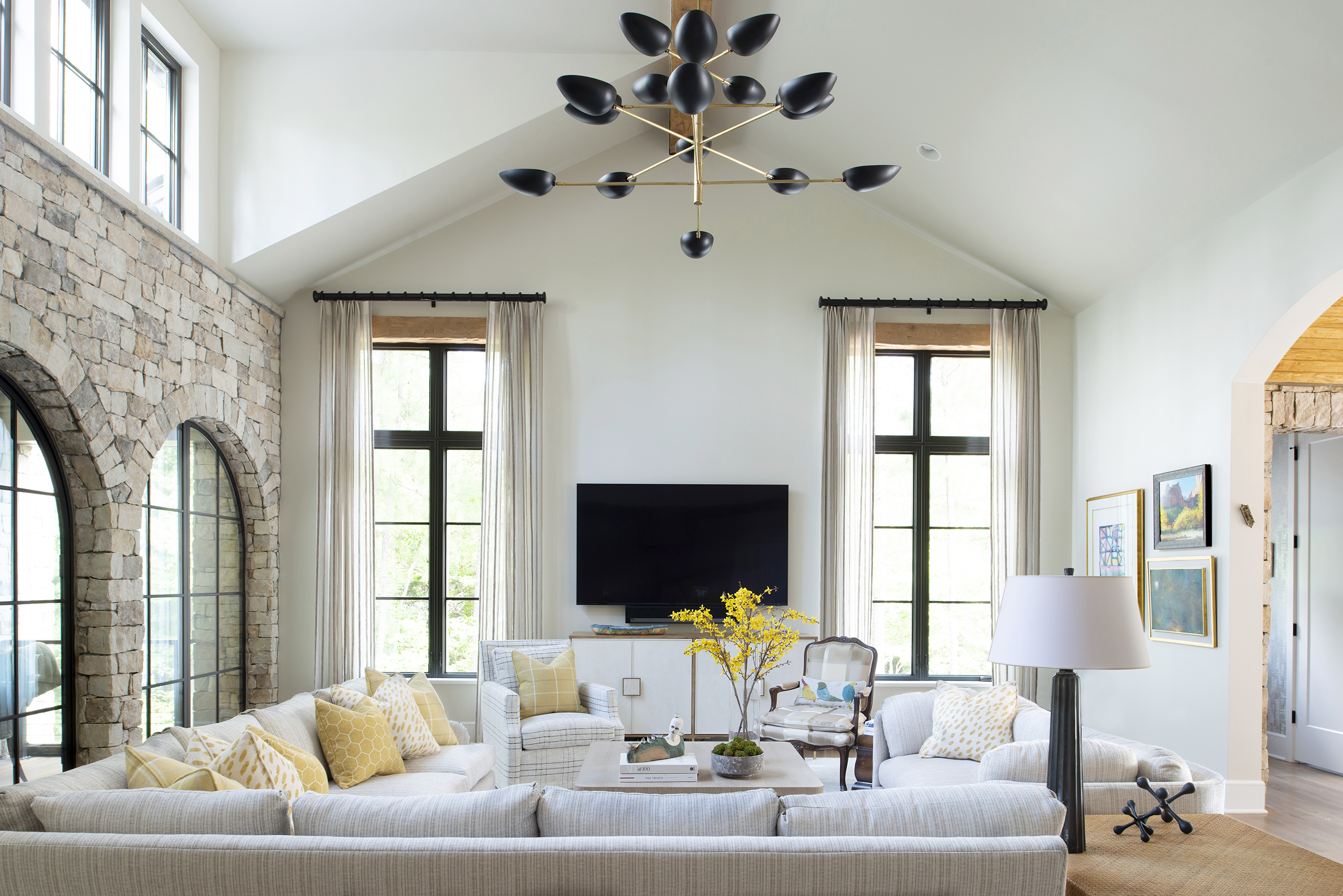
For lighting aficionados, contrast is important – you need lots of light and shadow in a living room.
Start with the overhead lighting: pendants or chandeliers are a beautiful way to ‘crown’ the lighting, says Lucy Barlow, creative director of Barlow & Barlow. ‘Then look at art – picture lights are a great way to add the second layer. The next is decorative wall lights installed at head height as an eye-level light source.’ Finally, table lamps will light the lower section of the room. ‘If you’re able to do this you might not need a single downlighter which, in more traditional schemes, is a huge advantage.’
Kristin Bartone, the creative director and principal at Bartone Interiors agrees: 'A single layer of lighting is never sufficient for a living room, and it’s important that living room wall lighting ideas, ceiling lighting, wall, and floor lamps, along with other types of light are all considered.'
8. Not controlling the overall look
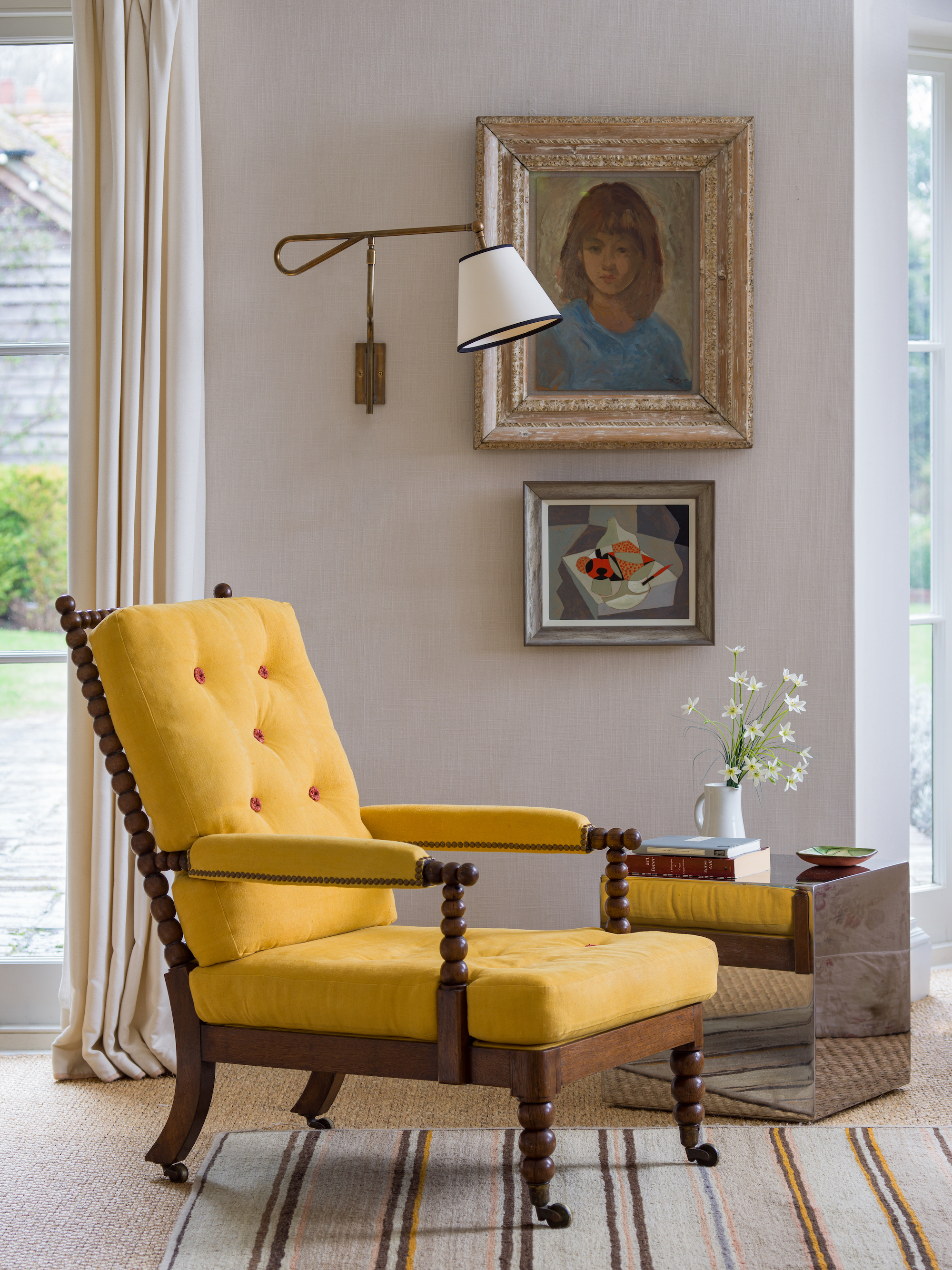
Put floor lamps and table lamps on 5 amp sockets in the living room. Using lighting controls so that each effect can be individually controlled is the key to setting the mood. ‘At a minimum, add dimmer switches so you can manipulate the light levels,’ says Sally Storey, creative director of John Cullen Lighting. She also recommends having sockets set into the floor at the center of the room by sofas to avoid having trailing wires. ‘If you have a small alcove, adding two slim wall lights on either side can create an intimate place to sit and relax and read.’
9. Only using downlighters in a large living room

'The problem with downlighters is that they are used too often in large quantities, and the light they emit can be harsh,' says Jo Bailey, print deputy editor, of Homes & Gardens. 'A better solution is to invest in subtle lighting within alcoves and reading nooks – they are great for directional and task lighting but can leave walls looking dark. Where a stronger light is needed, consider an upscaled sconce or articulated wall light.'
Use light to highlight the architectural strengths of a room. A timeless approach is to frame the mantelpiece with a pair of lamps or sconces. ‘It is also an opportunity to add pattern with a decorative shade,’ says Nicole Salvesen, co-founder of Salvesen Graham.
10. Investing in the wrong proportions for a main light fixture

It is easy to become overwhelmed when faced with the possibility that your beautiful pendant light is either too big or too small for the room's proportions. 'For any hanging light, the total drop available is a great starting point,' says designer Chris Cox of Cox London.
'Ensure the design has space to breathe and can be hung reasonably low so that it relates to the furniture in a room and those using it. ‘In the 25 years I’ve been hanging living room ceiling lights, people tend to plan a pendant too high and, in reality, it looks and feels a little better lower.’ You can always hang a pendant lower over a coffee or center table as long as it doesn’t detract from an important view or artwork.'

Sophie has been an interior stylist and journalist for over 20 years and has worked for many of the main interior magazines during that time, both in-house and as a freelancer. On the side, as well as being the News Editor for indie magazine, 91, she trained to be a florist in 2019 and launched Flowers Inside My Head where she curates beautiful flowers for modern weddings and events. For Homes & Gardens, she writes features about interior design – and is known for having an eye for a beautiful room.